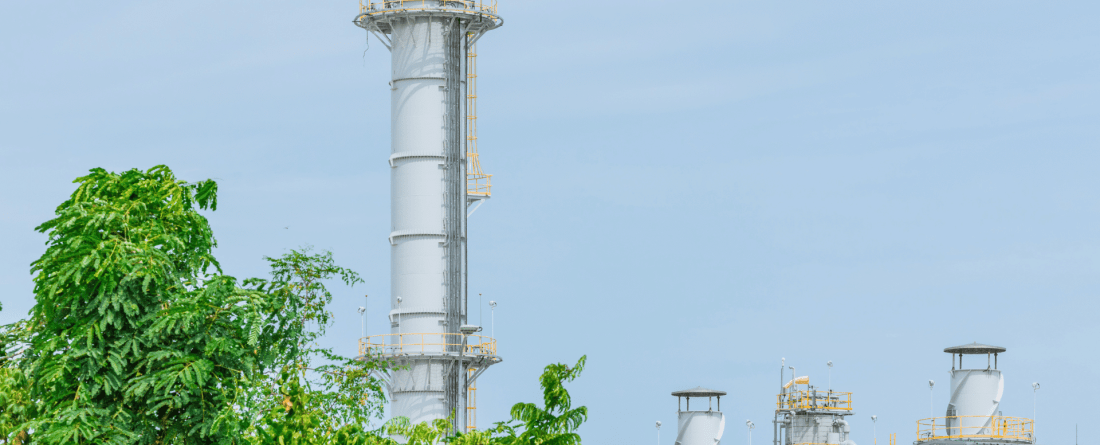
Released at COP29, a new report by the Center for Global Sustainability and the Administrative Center for China’s Agenda 21 analyzes Carbon Dioxide Removal (CDR) strategies in the United States and China, highlighting gaps in tailored climate policies and the urgent need for localized solutions.
Li, Y., M., Zhu, X., Peng, T., Tibebu, J., Fan, X., Cheng, S., Yu, X., Zhang, R., Cui (2024). Carbon Dioxide Removal Policies and Practices in the U.S. and China. Center for Global Sustainability, University of Maryland.
- Both countries have adopted various policy instruments to boost the research and development of CDR technologies and projects at the national and subnational levels. However, the two countries’ policy approaches are different. The U.S. has implemented a diverse combination of policy tools, including regulatory instruments, government funding, tax exemption, and financial subsidies, while China’s approach is predominantly centered on general CDR strategies, and voluntary policies.
- The U.S. and China have CDR-related policies in specific sectors and various processes, but with uneven attention. At the national level, CDR policies in the U.S. focus on carbon capture and storage (CCS)/carbon capture, utilization, and storage (CCUS) for power plants, natural gas processing, and industrial processes, with strong support for direct air capture (DAC), underground geological storage and enhanced oil recovery (EOR) as a utilization method. However, there is limited emphasis on bioenergy with carbon capture and storage (BECCS). In China, CDR policies also broadly support CCS/CCUS technologies, particularly in power plants, industrial processes, and EOR. However, there is relatively little focus on DAC and BECCS, as well as on specific utilization, transportation, and storage applications. At the subnational level, U.S. states prioritize CCUS in power plants and industrial processes, EOR, and geological storage, with limited support for BECCS, while Chinese provinces generally adopt a broad approach to CDR, focusing on CCUS, EOR, and geological storage, alongside forestry and land use practices. Both countries show minimal subnational policy emphasis on BECCS, and on specific stages of the utilization, transportation, and storage value chains.
- The spatial distribution of CDR policies varies significantly across U.S. states and Chinese provinces, with differences in both policy stringency and coverage. For instance, states like Colorado, California, and Illinois have a higher concentration of CDR policies with greater stringency compared to other U.S. states. Similarly, in China, provinces such as Shanghai and Chongqing show higher policy stringency than others. In contrast, some states and provinces have few or even no policies related to CDR technologies.
- CDR projects are distributed unevenly across states and provinces, including differences in project numbers, types of CDR technologies, and development stages. In the U.S., CDR projects focus on CO2 capture from industrial processes and natural gas processing, with additional projects targeting CCS/CCUS in power plants, as well as DAC and BECCS. Most U.S. projects store CO2 in deep saline aquifers. In China, CDR projects mainly capture CO2 from the chemical industry, power plants, steel production, and the oil and natural gas sectors, with CO2 often utilized for enhanced oil recovery (EOR). In terms of development stages, some projects in both countries have reached commercial stages, while others are still in demonstration, planning, or construction phases.
CDR is crucial for the U.S. and China to meet their climate goals and achieve net-zero emissions. By capturing and durably storing CO2 from the atmosphere, CDR helps both nations contribute to the Paris Agreement’s target of limiting global warming to below 2°C. As major CO2 emitters, the U.S. and China view CDR as key to decarbonizing hard-to-abate sectors and reaching net zero by mid-century. The most recent Sunnylands Statement on Enhancing Cooperation to Address the Climate Crisis also underscores the critical role of both countries in scaling up CDR technologies.
During COP29, the UN-hosted global climate conference, the Center for Global Sustainability and the Administrative Center for China’s Agenda 21 released a new report analyzing carbon dioxide removal (CDR) policies in the United States and China. The report offers a comprehensive overview of the CDR policy landscapes and practices at national and subnational levels, enhancing understanding of how CDR approaches contribute to mitigation strategies and identifying key opportunities to accelerate CDR deployment through bilateral collaboration. The study analyzes around 400 national-level and 500 subnational-level CDR-related policies, along with around 350 CDR projects from both countries, and provides policy recommendations to enhance future collaboration in advancing CDR technologies.
